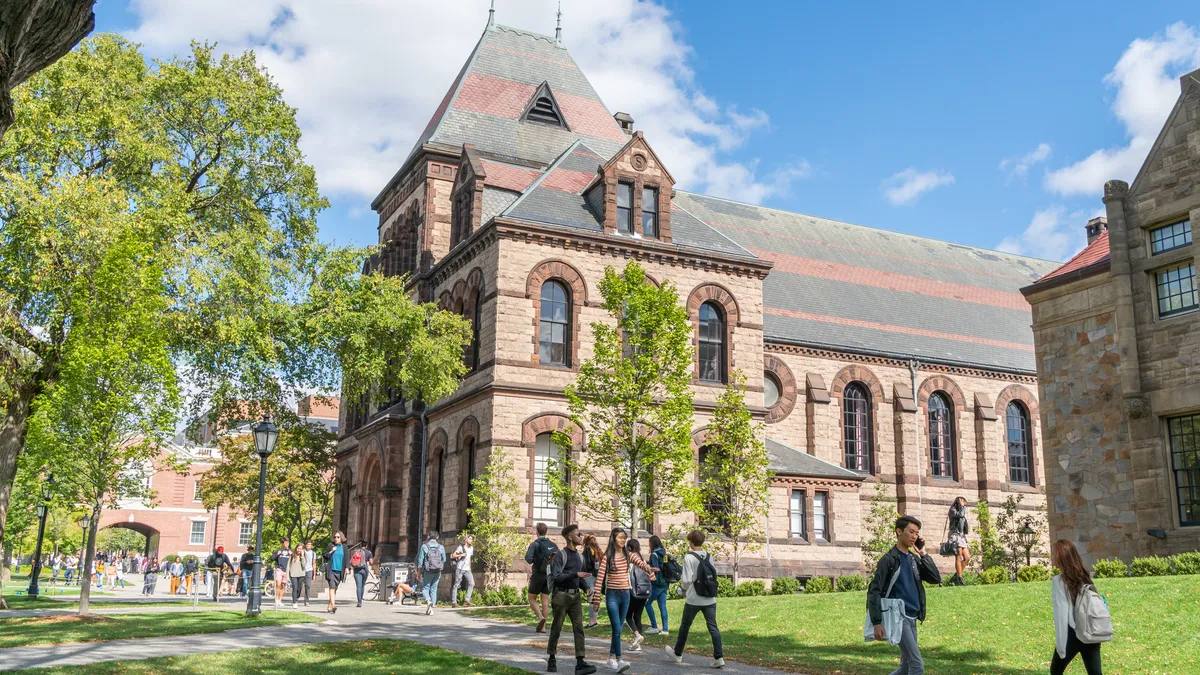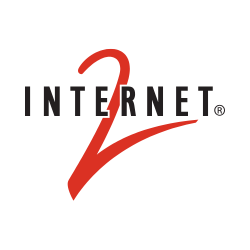Dive Brief:
- Technology is reshaping the way industries and corporations are training employees to increase productivity, according to EdSurge, and that new focus, designed to engage younger employees, could have impact on higher education academic delivery models.
- Organizations are substituting theory-based models in exchange for scenario-based, practical instruction to help learners be more attuned to instruction. Lessons are delivered through simulations that are light on lectures and heavy on opportunities for learners to engage with online content and cohort members to learn information.
- Adapting teaching modules presents the biggest challenge in workforce development; about 61% of corporate executives say moving employees towards self-directed education is a difficulty in developing an environment of continuous learning.
Dive Insight:
While many of the industrial opportunities and challenges are synonymous between the corporate world and higher education, big differences lie in how, and for how long, both are addressed in each industry. In corporate America, employees do not have to be judged by performance variables among different races of employees, do not have to consider cuts from funding sources, or be judged by federal government on how well employees are performing or paying back personal debt.
These differences may not change the need for technology in a learning environment, but suggest that between the two industries, not every learning technology may best meet overall student need or budget reality. College leaders can use corporate examples on how to reach student stakeholders, but must couch their expectations within efforts to secure resources that can shape experiences to yield the best outcomes.







